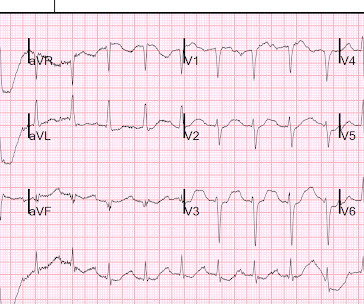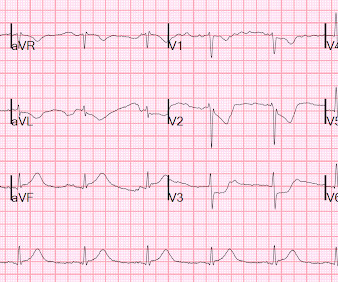Bystander cardiopulmonary resuscitation and cardiac rhythm change over time in patients with out-of-hospital cardiac arrest
Emergency Medicine Journal
MAY 23, 2023
Background Whether and how bystander cardiopulmonary resuscitation (CPR) modifies the cardiac rhythm after out-of-hospital cardiac arrest (OHCA) over time remains unclear. The first documented cardiac rhythm was compared between patients who received bystander CPR and those who did not, using a 1:2 propensity score-matched analysis.












Let's personalize your content